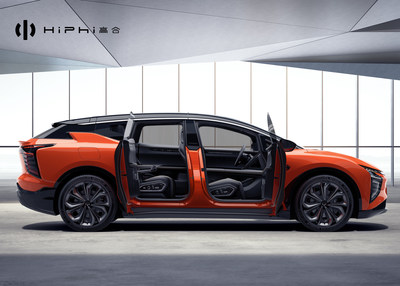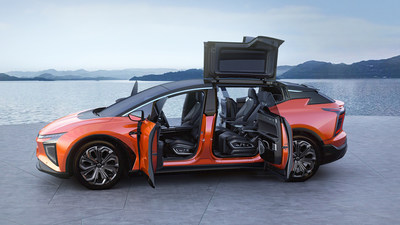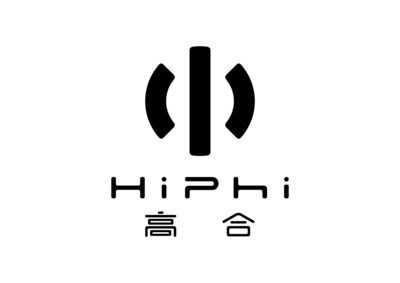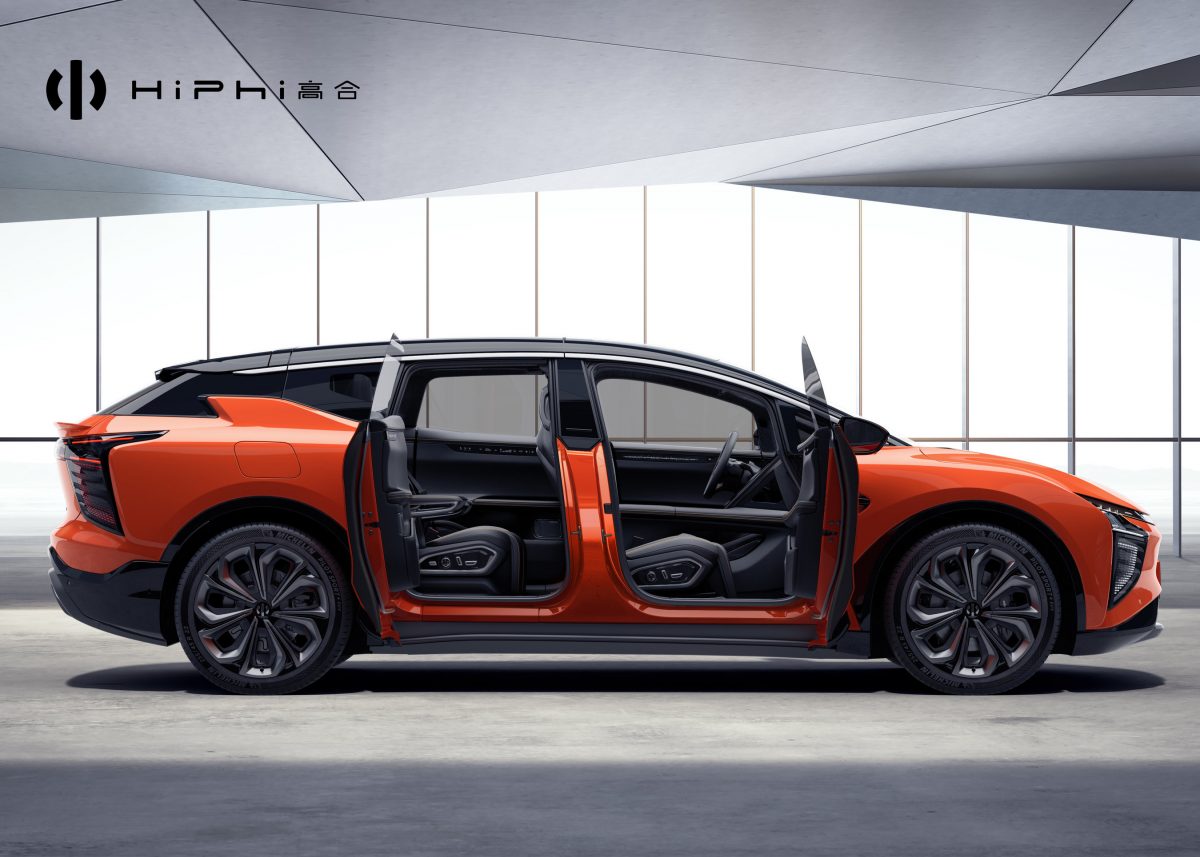Industria automovilística: Las nuevas normas sobre vehículos más limpios y seguros empiezan a aplicarse en toda Europa
PR Newswire
BRUSELAS, 31 August 2020
BRUSELAS, 31 August 2020 /PRNewswire Policy/ — Mañana empezará a aplicarse el Reglamento de la UE sobre la homologación y la vigilancia del mercado de los vehículos de motor. Adoptado en mayo de 2018, el nuevo Reglamento revisa a fondo y endurece considerablemente el sistema anterior de homologación de tipo y de vigilancia del mercado. Mejora la calidad y la independencia de la homologación de tipo y los ensayos de los vehículos, aumenta los controles de los automóviles que ya están en el mercado de la UE y refuerza el sistema general con una mayor supervisión europea.
Thierry Breton, comisario de Mercado Interior, ha declarado lo siguiente: «Los europeos esperan, con razón, conducir los automóviles más limpios y seguros, lo cual presupone la realización de controles más estrictos de los automóviles que se comercializan y que circulan por nuestras carreteras. Y exige también una garantía de cumplimiento y una supervisión a nivel europeo: por eso, a partir de ahora, la Comisión podrá efectuar controles de automóviles, activar recuperaciones a escala de la UE e imponer multas de hasta 30 000 EUR por vehículo en caso de que se incumpla la ley. Estas reformas complementan nuestro trabajo sobre una movilidad más limpia y segura, que, en el difícil contexto de la crisis, requiere aún más inversiones orientadas al futuro en infraestructuras e innovación. Nuestros esfuerzos por restablecer la confianza de los consumidores, reforzar el Mercado Único y apoyar la viabilidad a largo plazo y la competitividad mundial de la industria europea del automóvil van de la mano».
Entre los principales elementos de las nuevas normas se incluyen:
Independencia y calidad de las pruebas antes de comercializar un vehículo: Para obtener y mantener su designación por los Estados miembros, los servicios técnicos que realicen ensayos e inspecciones de nuevos modelos de automóviles serán objeto de una auditoría independiente sobre la base de criterios estrictos. Las autoridades nacionales de homologación de tipo están, a partir de ahora, sometidas a revisiones inter pares para asegurarse de que las normas correspondientes se apliquen y se hagan cumplir de manera rigurosa en toda la UE.
Controles de vehículos que ya están en el mercado: El nuevo marco mejora también los controles de los vehículos que ya circulan en el mercado y los controles para su venta en los concesionarios. A partir de ahora, los Estados miembros están obligados a someter a ensayo con regularidad un número mínimo de vehículos y podrán adoptar medidas de salvaguardia contra los vehículos no conformes en su territorio sin esperar a que actúe la autoridad que expidió la homologación de tipo.
Supervisión europea: Además, la Comisión puede ahora llevar a cabo controles de cumplimiento y conformidad de vehículos en laboratorios o en carretera. En caso de que los fabricantes incumplan la legislación en materia de homologación de tipo (por ejemplo, dispositivos de desactivación o declaraciones falsas), la Comisión puede ordenar recuperaciones a escala de la UE e imponer a tales fabricantes sanciones de hasta 30 000 EUR por automóvil. Hasta hoy solo las autoridades nacionales de homologación de tipo del automóvil podían imponer tales medidas.
Desde la adopción del Reglamento en 2018, los fabricantes de automóviles, los organismos de homologación de tipo y otras partes interesadas han trabajado de manera constante para aplicar las nuevas normas y adaptarse al mayor rigor de los requisitos.
La Comisión ha proporcionado recursos adicionales al Centro Común de Investigación (JRC) para que asuma este nuevo papel en la vigilancia del mercado, financiando el personal adicional necesario, costes operativos y la construcción de dos nuevos laboratorios. El JRC ha hecho uso de dos nuevos laboratorios de tecnología punta para llevar a cabo controles.
CONTEXTO
La homologación de tipo es el proceso para certificar que un vehículo cumple todos los requisitos para ser introducido en el mercado y para controlar rigurosamente el cumplimiento de la legislación de la UE por parte de los fabricantes, incluidos los límites de emisiones establecidos en un Reglamento aparte.
Las nuevas normas de homologación de tipo fueron propuestas por la Comisión en 2016 tras el escándalo del Dieselgate y fueron adoptadas por el Parlamento Europeo y el Consejo en 2018.
Esta reforma forma parte de la labor general de la Comisión en favor de un sector de la automoción limpio, sostenible y competitivo, tal como se establece en la Comunicación de la Comisión «Europa en movimiento». Las iniciativas de la Comisión incluyen normas sobre la calidad del aire y el CO2, la mejora de los ensayos de emisiones de los automóviles o el apoyo a la producción de combustibles y baterías alternativos, así como la defensa de la competitividad de la industria europea.
Derechos de Autor Unión Europea, 1995-2020
SOURCE Comisión Europea

BRUSELAS, 31 August 2020 /PRNewswire Policy/ — Mañana empezará a aplicarse el Reglamento de la UE sobre la homologación y la vigilancia del mercado de los vehículos de motor. Adoptado en mayo de 2018, el nuevo Reglamento revisa a fondo y endurece considerablemente el sistema anterior de homologación de tipo y de vigilancia del mercado. Mejora la calidad y la independencia de la homologación de tipo y los ensayos de los vehículos, aumenta los controles de los automóviles que ya están en el mercado de la UE y refuerza el sistema general con una mayor supervisión europea.
Thierry Breton, comisario de Mercado Interior, ha declarado lo siguiente: «Los europeos esperan, con razón, conducir los automóviles más limpios y seguros, lo cual presupone la realización de controles más estrictos de los automóviles que se comercializan y que circulan por nuestras carreteras. Y exige también una garantía de cumplimiento y una supervisión a nivel europeo: por eso, a partir de ahora, la Comisión podrá efectuar controles de automóviles, activar recuperaciones a escala de la UE e imponer multas de hasta 30 000 EUR por vehículo en caso de que se incumpla la ley. Estas reformas complementan nuestro trabajo sobre una movilidad más limpia y segura, que, en el difícil contexto de la crisis, requiere aún más inversiones orientadas al futuro en infraestructuras e innovación. Nuestros esfuerzos por restablecer la confianza de los consumidores, reforzar el Mercado Único y apoyar la viabilidad a largo plazo y la competitividad mundial de la industria europea del automóvil van de la mano».
Entre los principales elementos de las nuevas normas se incluyen:
Independencia y calidad de las pruebas antes de comercializar un vehículo: Para obtener y mantener su designación por los Estados miembros, los servicios técnicos que realicen ensayos e inspecciones de nuevos modelos de automóviles serán objeto de una auditoría independiente sobre la base de criterios estrictos. Las autoridades nacionales de homologación de tipo están, a partir de ahora, sometidas a revisiones inter pares para asegurarse de que las normas correspondientes se apliquen y se hagan cumplir de manera rigurosa en toda la UE.
Controles de vehículos que ya están en el mercado: El nuevo marco mejora también los controles de los vehículos que ya circulan en el mercado y los controles para su venta en los concesionarios. A partir de ahora, los Estados miembros están obligados a someter a ensayo con regularidad un número mínimo de vehículos y podrán adoptar medidas de salvaguardia contra los vehículos no conformes en su territorio sin esperar a que actúe la autoridad que expidió la homologación de tipo.
Supervisión europea: Además, la Comisión puede ahora llevar a cabo controles de cumplimiento y conformidad de vehículos en laboratorios o en carretera. En caso de que los fabricantes incumplan la legislación en materia de homologación de tipo (por ejemplo, dispositivos de desactivación o declaraciones falsas), la Comisión puede ordenar recuperaciones a escala de la UE e imponer a tales fabricantes sanciones de hasta 30 000 EUR por automóvil. Hasta hoy solo las autoridades nacionales de homologación de tipo del automóvil podían imponer tales medidas.
Desde la adopción del Reglamento en 2018, los fabricantes de automóviles, los organismos de homologación de tipo y otras partes interesadas han trabajado de manera constante para aplicar las nuevas normas y adaptarse al mayor rigor de los requisitos.
La Comisión ha proporcionado recursos adicionales al Centro Común de Investigación (JRC) para que asuma este nuevo papel en la vigilancia del mercado, financiando el personal adicional necesario, costes operativos y la construcción de dos nuevos laboratorios. El JRC ha hecho uso de dos nuevos laboratorios de tecnología punta para llevar a cabo controles.
CONTEXTO
La homologación de tipo es el proceso para certificar que un vehículo cumple todos los requisitos para ser introducido en el mercado y para controlar rigurosamente el cumplimiento de la legislación de la UE por parte de los fabricantes, incluidos los límites de emisiones establecidos en un Reglamento aparte.
Las nuevas normas de homologación de tipo fueron propuestas por la Comisión en 2016 tras el escándalo del Dieselgate y fueron adoptadas por el Parlamento Europeo y el Consejo en 2018.
Esta reforma forma parte de la labor general de la Comisión en favor de un sector de la automoción limpio, sostenible y competitivo, tal como se establece en la Comunicación de la Comisión «Europa en movimiento». Las iniciativas de la Comisión incluyen normas sobre la calidad del aire y el CO2, la mejora de los ensayos de emisiones de los automóviles o el apoyo a la producción de combustibles y baterías alternativos, así como la defensa de la competitividad de la industria europea.
Derechos de Autor Unión Europea, 1995-2020
SOURCE Comisión Europea














